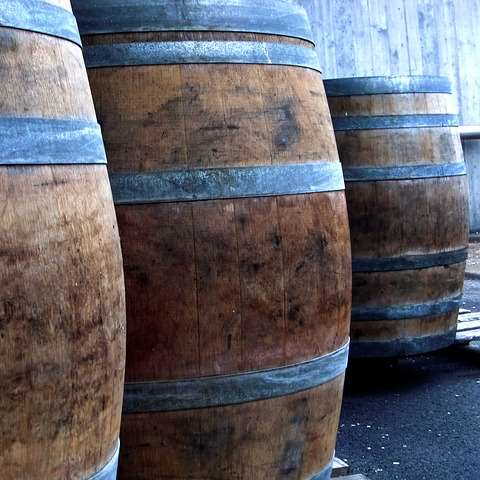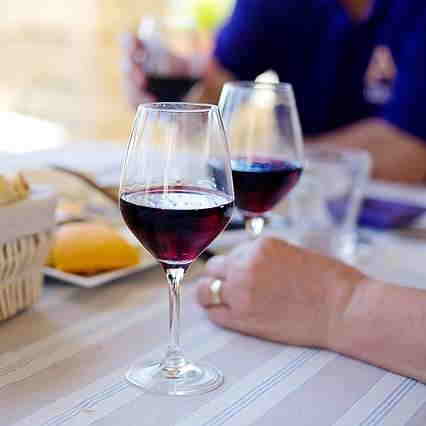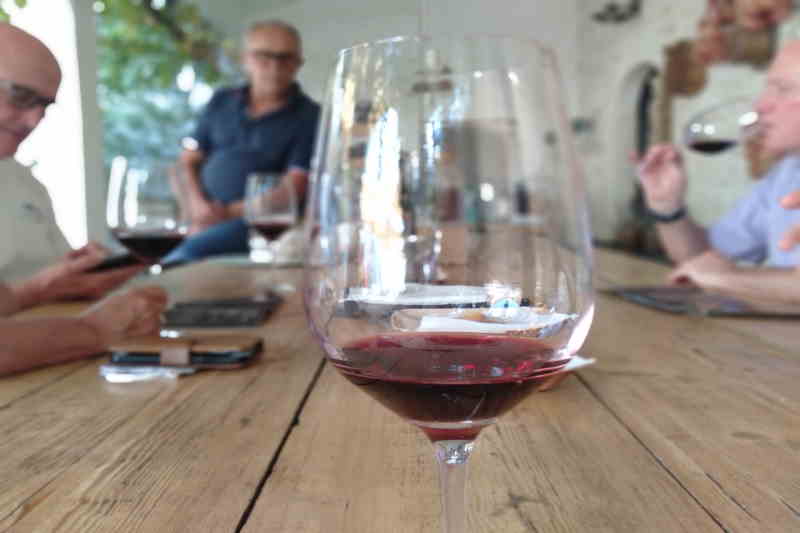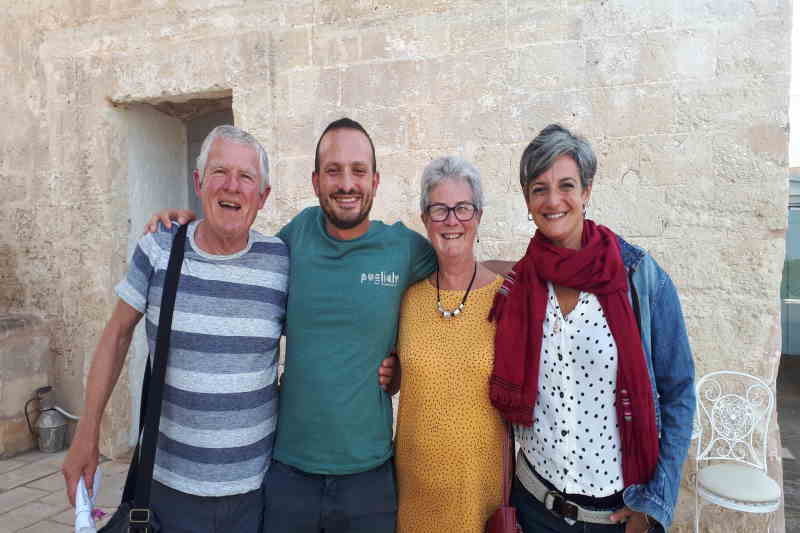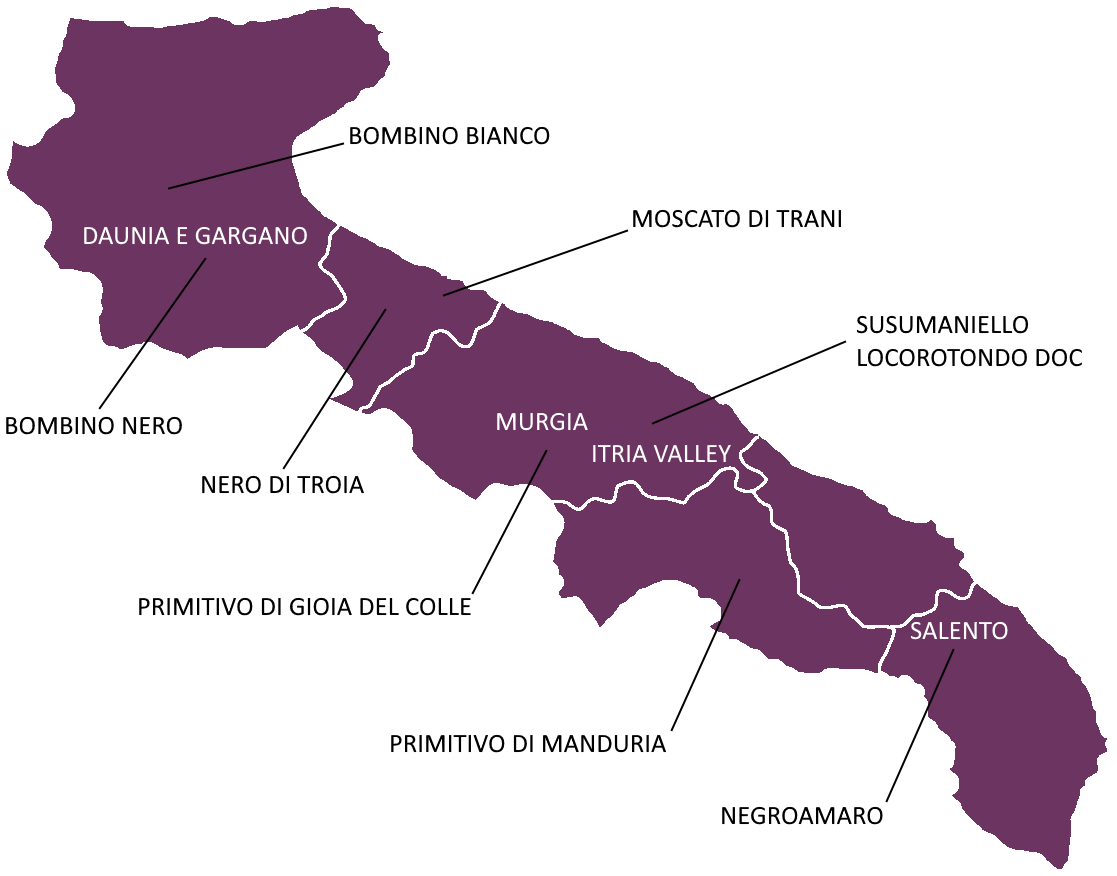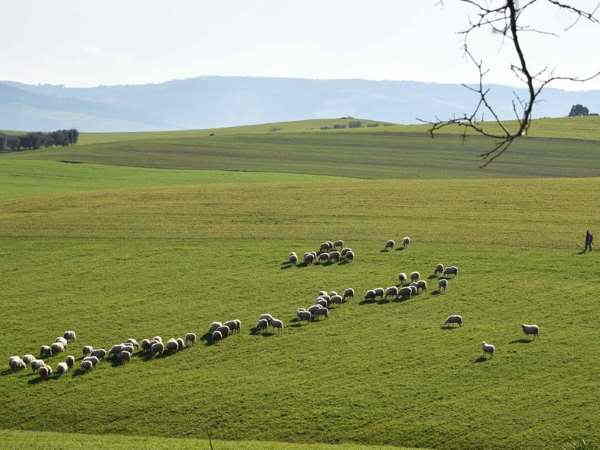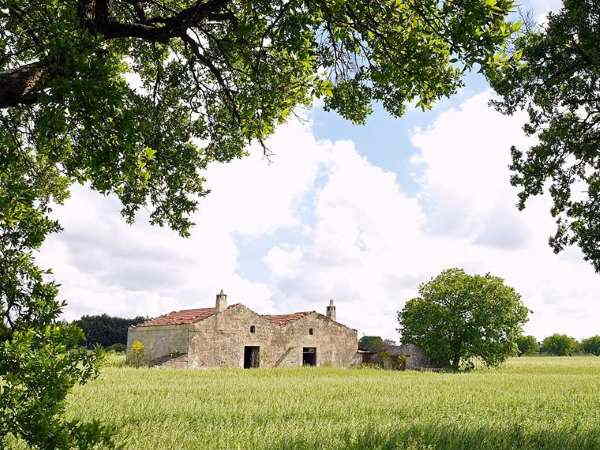As you can see in the map, Puglia is a very long and thin region in the southeast of Italy. The very fruity region has nearly 800 kilometers of coastline in the Mediterranean Sea and offers several indigenous wine grapes. Together with Veneto, Emilia Romagna, and Sicily, Puglia is among the major wine producers of Italy. In 2019, with a yearly wine production of about 10 millions hectoliters, Puglia gained the second position in the Italian ranking, right after Veneto region.
If we consider that in 2013 the yearly wine production was about the half of nowadays, we can assume a lot of investment in the sector in the last decade. However we must emphasize that the part of the production that focuses on DOC, DOCG, and IGT wines is still less prevailing.
The region used to have a reputation for being a big producer of robust and highly alcoholic wines that were to be exported as blending wines to other regions of Italy or to France. Over the last two decades, many things have changed and the region is going in a positive direction. Small and young companies focused on quality over quantity and reached very great results and have gained international praise as well. Nowadays, Puglia’s DOC and IGT wines have gained a solid reputation worldwide and the quality of wines is improving year after year.
In heel of the boot of Italy we have several different territories and wine areas with different warm climate conditions and fertile soil that strongly affect wine production. We have several landscapes surrounded by the Adriatic and Ionian seas, which means cool breezes for the grapes. Each of these areas is a particular wine area with its typical indigenous grapes. Every wine is the expression of a territory and a culture that we can taste during our wine tours. After facing a big crisis because of economical and regulatory conditions, Puglian winemaking has been rising in last two decades and some very good wine producers are still partly using the traditional “alberello” (small tree) planting system. Some very old vineyards have also survived the big crisis of the sector of the 70s.
INDIGENOUS GRAPEVINES
In the region, we have many local and international varieties. Most of the production focuses on full-bodied red wines with a strong character that you can pair with the exquisite local food. The winemaking tradition in Puglia has a very long history, whose roots date back to the Greek and Roman age. In recent history, Puglia has been producing huge quantities of wine that were used for blended wines in other regions of Northern Italy.
In the 80s and 90s, because of a big crisis in the sector and due to new local investment and technological improvements, many producers switched their production, focusing on quality rather than quantity. As in many other Italian regions, between the 80s and 90s international grapes such as Merlot, Cabernet and Chardonnay were introduced, but later local wineries decided to increase the production of indigenous grape varieties.
The main wine grapes of Puglia are Nero di Troia, Bombino Nero (northern part), Primitivo (central part), and Negroamaro (southern part).
Primitivo
Primitivo wine is the most famous Puglian wine. It is produced in vast areas of the region and has gained a solid international reputation. The main Primitivo wine areas are located in the Bari and Taranto areas. The first one is the so called Gioia del Colle DOC and the second one is the Manduria DOC and DOCG. The “Primitivo di Gioia del Colle” grows in a hilly region in the inland of the region, in a calcareous area called “Murgia” (from the latin “Murex”: sharp stone).
The wine area enjoys large temperature differences between night and day, which positively affects the aromas in the skin of the grape and let us produce a more elegant and longer lasting wine that is very rich in minerals. Whereas the second one, “Primitivo di Manduria” grows in the Manduria flatlands along the Ionian coastside in a red soil made out of limestone and clay. Because of different climate and soil conditions, it produces a different wine: juicier, smoother, sweeter and jammier.
![grapes sketch]() Origins
Origins
The word “primitivo” has nothing to do with the word “primitive” but has to be understood as "primo," which means “first.” Its name “primitivo” relates to the ripening period, which is very early compared to other red varieties. The early ripening usually happens in late August. Primitivo grape is “the first to ripen” also because it accumulates a lot of sugar during the ripening process and it is not a weak wine at all.
The real origins of the wine are to be found in close-by Croatia. Apparently, the wine variety was brought from Croatia to Puglia probably in 19th century. It was first brought to Gioia del Colle area and later on to Manduria area. Because of the perfect climate and soil conditions of these areas, the wine could easily and rapidly adapt and very quickly offered fantastic results.
Thanks to a deep research and genetic analysis, researchers could prove a direct connection between Primitivo from Puglia, Crljenak Kastelanski from Croatia, and Zinfandel from California. We are speaking about the very same grape vine that in different areas of the world gives different results. In the arc of history, this vine has been first brought from Croatia to Puglia (even if we don’t know exactly when) and, with the southern Italian migration to the States, Primitivo wine was brought to California where it is nowadays known as Zinfandel.
![wine bottle sketch]() Wine description
Wine description
This dark-skinned grape ripens very early and it is still partly cultivated with the traditional “alberello pugliese” (bush vines) system, which means that the vineyards are maintained in the shape of small trees very close to the soil in order to take advantage of the humidity of the soil, and survive hot and dry summers. Because of the fast process of ripening at the end of August, winemakers have to be very careful in the harvest times. A small delay could mean an important loss of acidity and freshness.
Primitivo is a full-bodied, very persistent wine with a remarkable minerality. Due to high sugar concentration, the wine has a pretty strong alcohol content as well. You can find 14% alcohol Primitivo wines, which are to be paired with appetizers such as cold cuts, cheese, or meat or also with typical dishes such as Orecchiette with meatballs or “braciole” (meat rolls in tomato sauce). Sometimes Primitivo wines can reach 16-17% or even 18% alcohol content. There are in fact also sweet Primitivo wines that are to be paired with desserts and aged cheeses, such as "canestrato pugliese" or "caciocavallo."
The wine is very aromatic and has flavours of cherry, blueberries, blackberries, dried fruits, pepper, tobacco, liquorice, plums, leather and hints of Mediterranean herbs. Usually, many producers tend to age the Primitivo in oak barrels but the current trend of some new very great wineries is to let it age in iron steel tanks in order to taste the real expression of the soil without any artificial “contamination” through the contact with the oak wood.
Negroamaro
This variety is mostly cultivated in the southern part of the region, the area known as the Salento peninsula, the land between the two seas, the Adriatic and the Ionian. It includes areas of Lecce, Brindisi and Taranto.
![grapes symbol]() Origins
Origins
Negroamaro consists of two words “negro” and “amaro.” Negro means black and comes from Latin and Maro comes from “mavros” that in Greek also means black. Both terms refer to the black colour of the wine. Apparently the wine has been brought by ancient Greeks to Puglia during the colonial times of Megale Hellas, “Magna Grecia” (8th-3th century BC). Puglia was indeed strongly influenced by Greece in the pre-Roman age, especially Taranto, one of the biggest Greek towns founded by Spartan colonists in 707 BC.
![wine bottle symbol]() Wine description
Wine description
Just like the Primitivo, Negroamaro is partly still cultivated following the typical traditional “alberello” system and partly through new modern systems (cordon training). This grape is mostly to be found in the flatlands of Salento, especially in areas between Brindisi and Lecce. Wine areas are usually a mix of limestone and clay. It can easily resist drought and warmth, and it is harvested between September and October. Nowadays, a lot of Puglian companies produce Negroamaro 100% without blending it. There is a very famous blending wine that is known as “Salice Salentino.” It usually consists of 85% Negroamaro and 15% Malvasia Nera. Some companies have dared to blend Negroamaro with Primitivo with great results.
Compared to Primitivo, Negroamaro is a fresher wine with a good acidity and tastes like wild raspberries, cherries, typical Mediterranean herbs, plums, and red fruits. The ruby-red (when young) or garnet-red (when aged) wine has a winey scent and a good balance between acidity and amount of tannins. You can serve and consume it as a young fresh wine for appetizers or light food or let it age and pair it with meat or aged cheese for example. With the aging process (especially in wood oaks), the wine gains further aromas such as tobacco, sour cherry, and black pepper (it’s the case of Negroamaro Riserva or Salice Salentino Riserva).
Puglia is very popular for the rosé wine production as well. Some of the best rosé wines of Puglia are made out of Negroamaro grape wine, mostly produced between Lecce, Brindisi, and Taranto. The new trend in Puglia is to produce sparkling rosé wines made out of Negroamaro - charmat and classical method. Some companies are even producing white sparkling wines out of red Negroamaro wine grape - separating the skin from the juice right after the harvest and before the fermentation process.
NERO DI TROIA
Nero di Troia is one of the most important and famous native grape wines of Puglia, after Negroamaro and Primitivo, of course. The main wine areas to find Nero di Troia is in the central-northern part of the region. It includes the provinces of Foggia and Bari and includes the two DOCG areas around Castel del Monte UNESCO site. DOCG italian label stands for guaranteed and controlled origin of the product. Nero di Troia has been improving year after year and Castel del Monte wine area received the DOCG status in 2011.
![grapes icon]() Origins
Origins
It is not very clear where the origins of Nero di Troia are, but its name gives us some first ideas and let us link it to the legend of the destruction of the mythical city of Troy, led by the greek hero Diomedes, who landed on the plain of northern Puglia. Apparently, the exiled hero sailed across the Adriatic and reached northern Puglia. It seems that the Greek hero also brought with him some wine grapes that he planted when he arrived in Puglia, giving it the name “uva di Troia” - Troy’s grape. This is a legend of course, but it is clear that the wine is indigenous to the Adriatic area, probably connected somehow with the Albanian city of Cruja (translation for “Troy”).
![wine bottle icon]() Wine description
Wine description
Nero di Troia is the last one (among the main red wines of Puglia) to ripen. Indeed, the grapes of Uva di Troia ripen from mid- to late October. This variety has a very intensive red colour with violet notes. The wine has a low acidity and is very rich in polyphenols and tannins. Tannins are pretty persistent for young wines but tend to soften with age. Due to its characteristics, local winemakers tend to blend it with other varieties. For example, in the area of Castel del Monte (central northern Puglia), they use to blend it with Montepulciano in order to soften and round the wine.
The new trend of local winemakers is to produce mono-varietal wines or to produce Nero di Troia as a rosé wine. The bouquet of Nero di Troia is very elegant: cherry, tobacco, black pepper, hints of blackcurrant, and liquorice. Low and balanced in acidity and pretty strong but gentle and fine tannins. Today, the wine can be produced and served as a young fresh wine, a blended one or a wine to be aged. In the same areas of production we have other native varieties such as Bombino Bianco and Bombino Nero, both wines have been gaining an important reputation over the last few years.

